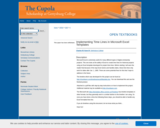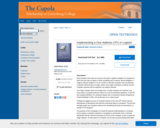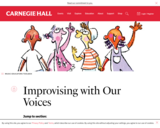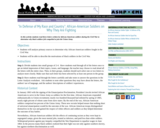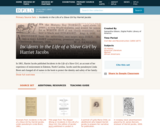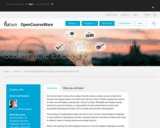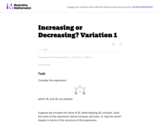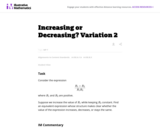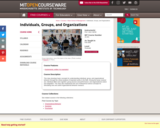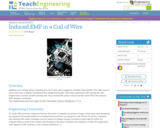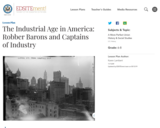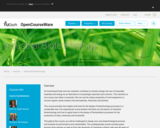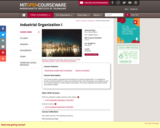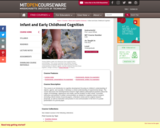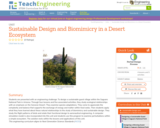
Students are presented with an engineering challenge: To design a sustainable guest village within the Saguaro National Park in Arizona. Through four lessons and six associated activities, they study ecological relationships with an emphasis on the Sonoran Desert. They examine species adaptations. They come to appreciate the complexity and balance that supports the exchange of energy and matter within food webs. Then students apply what they have learned about these natural relationships to the study of biomimicry and sustainable design. They study the flight patterns of birds and relate their functional design to aeronautical engineering. A computer simulation model is also incorporated into this unit and students use this program to examine perturbations within a simple ecosystem. The solution rests within the lessons and applications of this unit.
- Subject:
- Applied Science
- Architecture and Design
- Engineering
- Material Type:
- Full Course
- Unit of Study
- Provider:
- TeachEngineering
- Provider Set:
- TeachEngineering
- Author:
- Amber Spolarich
- Wendy H. Holmgren
- Date Added:
- 09/18/2014
